Space is part of our everyday lives. Satellites circling our planet help us access the internet, navigate our way around using GPS, and predict the weather.
And while Australia might be a little late to the game, its new space agency, announced in May, might have come along at the perfect time.
“The industry’s completely transformed, it’s undergoing a transformation the like we haven’t seen since we walked on the moon,” agency head Dr Megan Clark told SBS News.
“This is a wonderful opportunity for Australia to really show what it can do on the international stage and get our ingenuity and real talent that we have in this country out into space.”
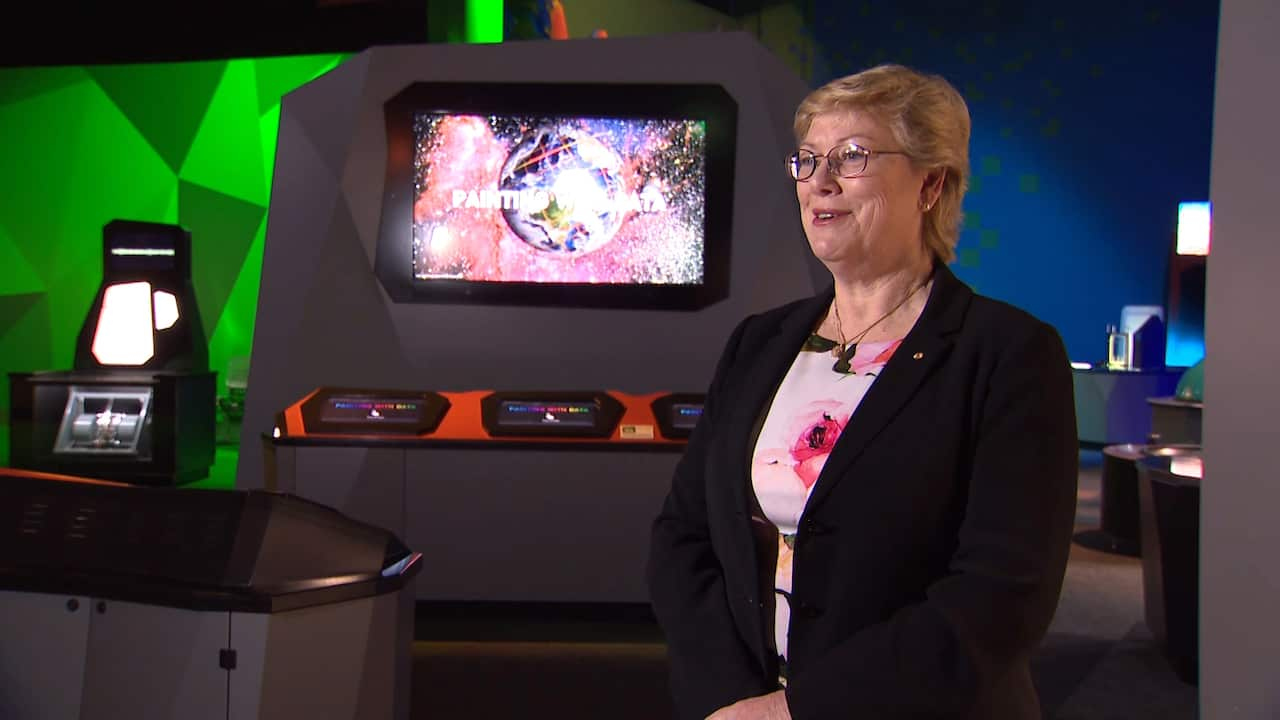
Australian Space Agency's Dr Megan Clark can't wait to see what Australia will contribute in space. Source: SBS
While there are positive discussions happening about what the agency could do for the nation's industries, Australia's international counterparts are also looking forward to the new opportunities it could bring.
In Germany, the European Space Agency (ESA) is looking forward to co-operating with Australian scientists, with a relationship that stretches back to the 1960s.
Head of mission operations Paolo Ferri says ESA projects in Australia have contributed to the space industry immensely.
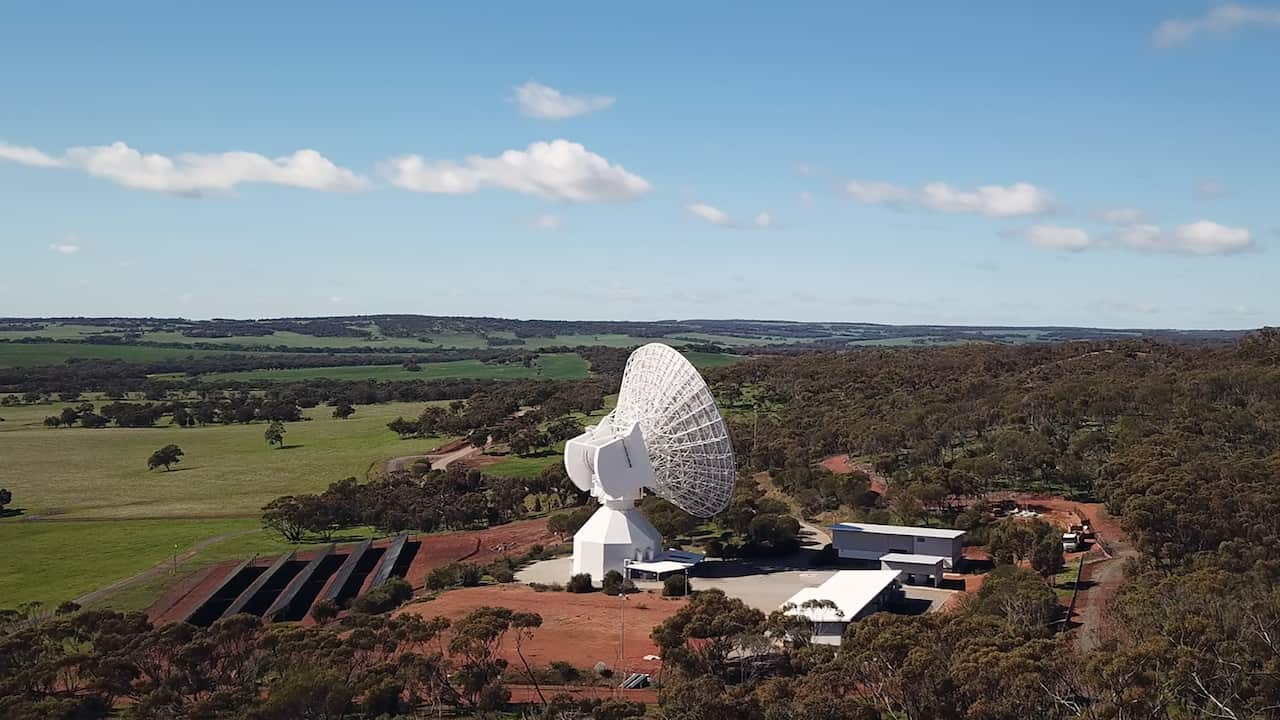
The ESA's New Norcia Dish in WA has been involved in a number of high profile missions through our solar system. Source: SBS
The New Norcia Ground station in WA played an integral part in the Rosetta asteroid mission in 2016 and will be playing a similar role in the upcoming BepiColombo mission to Mercury. Dr Ferri believes it is just a sample of what Australia can offer.
“There is already co-operation in Earth observation and there’s a lot to be done in that area; payloads, development of instrumentation [and] the exploitation of the data,” he said.
“We know Australia is also involved in robotics and automation and while these are not directly space fields, they are essential for space exploration.”
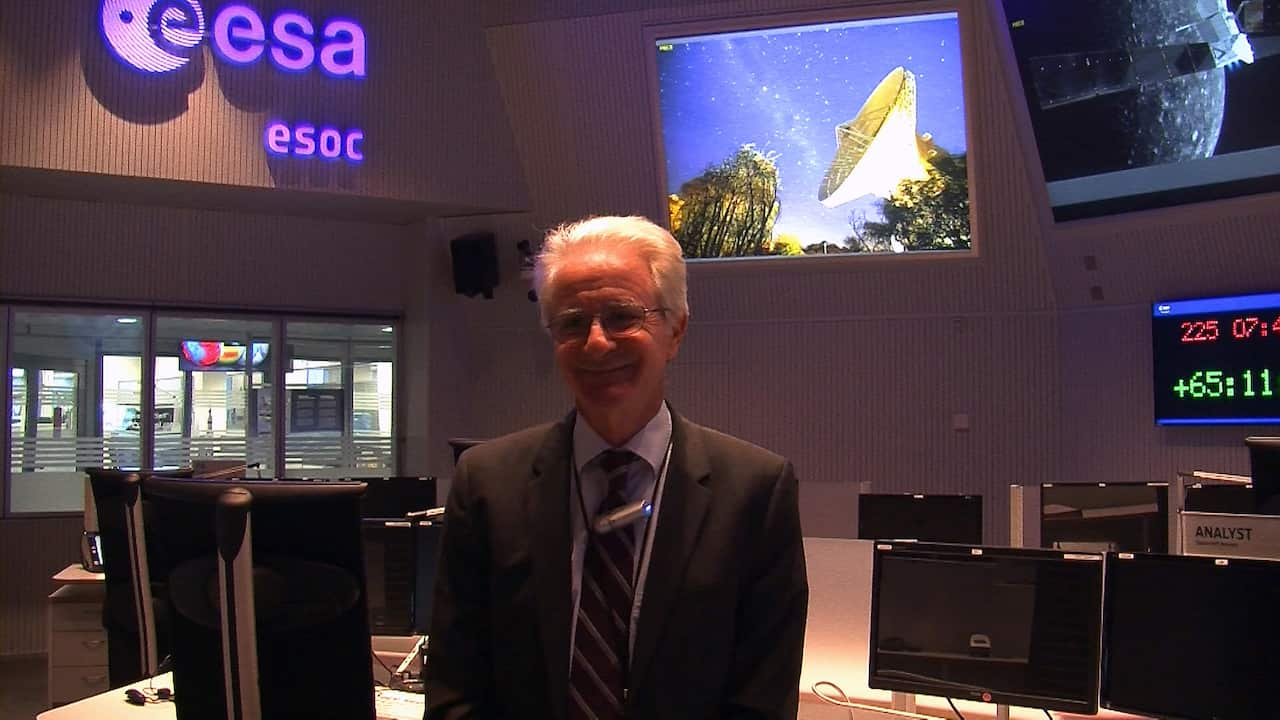
European Space Agency's Dr Paolo Ferri is looking forward to how Australia can contribute to the industry. Source: SBS
But while Australia has not had an agency to represent the industry until now, it hasn’t been a barrier for some projects.
In South Australia, commercial space start-up Fleet Space Technologies has been helping companies connect to remote operations and research stations through nano-satellites.
It’s the type of business that co-founder Flavia Nardini says didn’t exist when she first moved to Australia, but now they’ll be launching six of their nano-satellites this year.
“They’re the size of a shoebox, 10x30cm but super hi-tech and they’ll go across every country in the world,” she said.
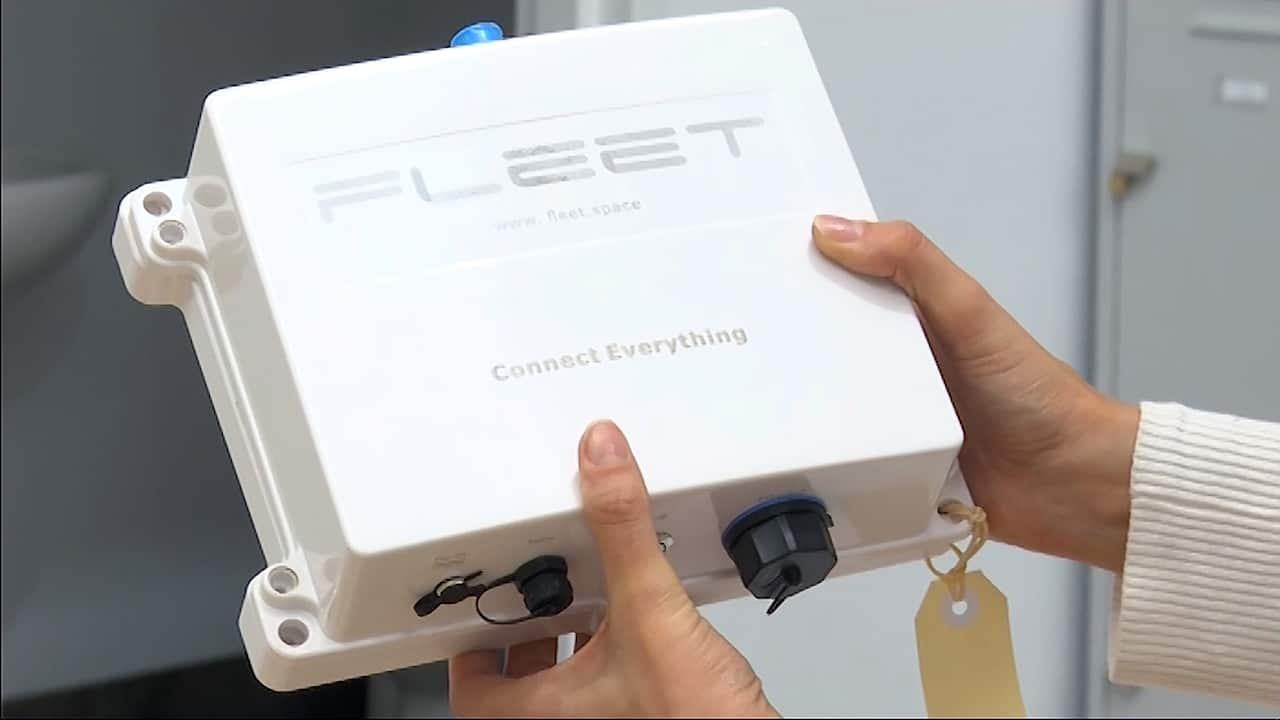
Fleet Space Technologies nano-satellites will help businesses stay connected with even their most remote operations from orbit. Source: SBS
The satellites will collect data from customer’s remote research stations and unmanned experiments before being sent directly to the customers, which they can access through a mobile app.
And when it comes to the future of space in Australia, Ms Nardini says the implications are huge.
“It’s incredible, I don’t think we even understand how big this is for us. Australia is leapfrogging in commercial space,” she says.
“We need to support all these start-ups and new ventures. It’s easy to forget that [Elon Musk's] Space X was a start-up before it became what it is today.”
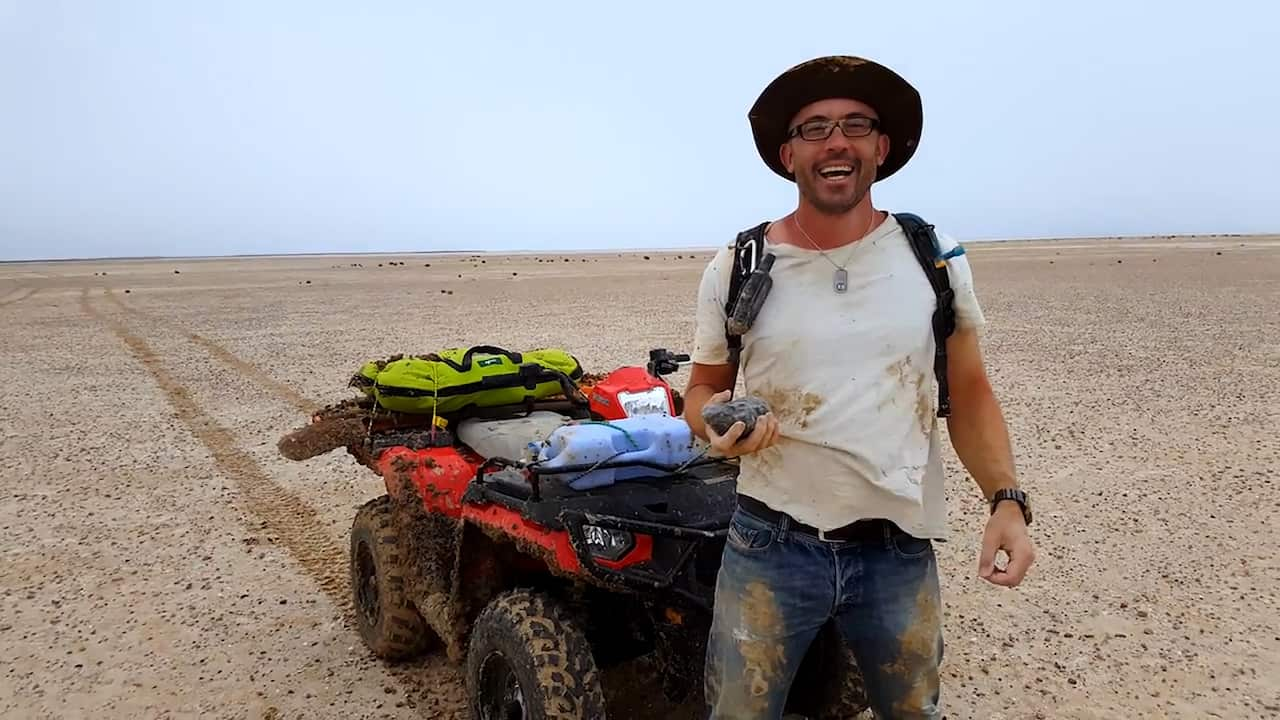
Professor Phil Bland after excavating his first meteor tracked with the Desert Fireball network. Source: SBS News
While some Australians are putting satellites into orbit, others are chasing fireballs in the sky, such as Professor Phil Bland.
With the Desert Fireball Network, his team has been using a series of micro-observatories around the country to track meteors and objects close to earth.
He is hopeful the agency will connect scientists to prospective partners in the space industry, letting Australia lead the way with innovation.
“We’re doing a project where we’ve converted these observatories to do satellite tracking,” he said
“That idea occurred to me five years ago and it only got off the ground because I happened to sit next to a guy from [electronics company] Lockheed Australia flying back from a conference.”
“When you’ve got an agency whose job it is to make those connections, that happens a lot more quickly.”
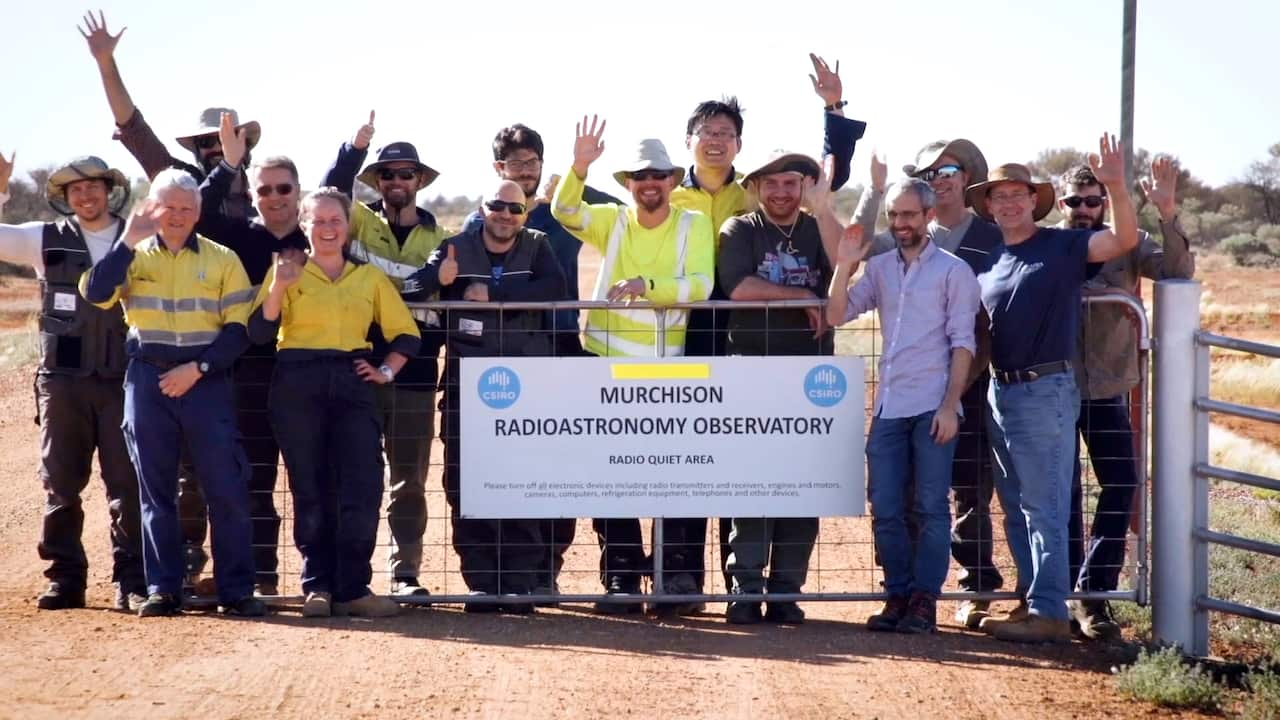
The multi-national team working on the Square Kilometre Array in Murchison, WA Source: ICRAR
Alongside the projects is one of the biggest projects the world has ever been involved in.
The Square Kilometre Array (SKA) is being built in WA’s mid-west, which some have called an “Apollo sized leap forward” in radio astronomy.
It is one of two sites uniquely placed to peer into the Milky Way and will let us see our galaxy like never before, once construction finishes.
Professor Peter Quinn from the International Centre for Radio Astronomy Research (ICRAR) is the Deputy Chairman of the committee building the SKA.
“There are 10 countries trying to produce something which has never been produced before,” he said.
“It’s going to be the world's largest Radio Telescope - 3,000 times more collection power than we’ve ever put on the sky before.”
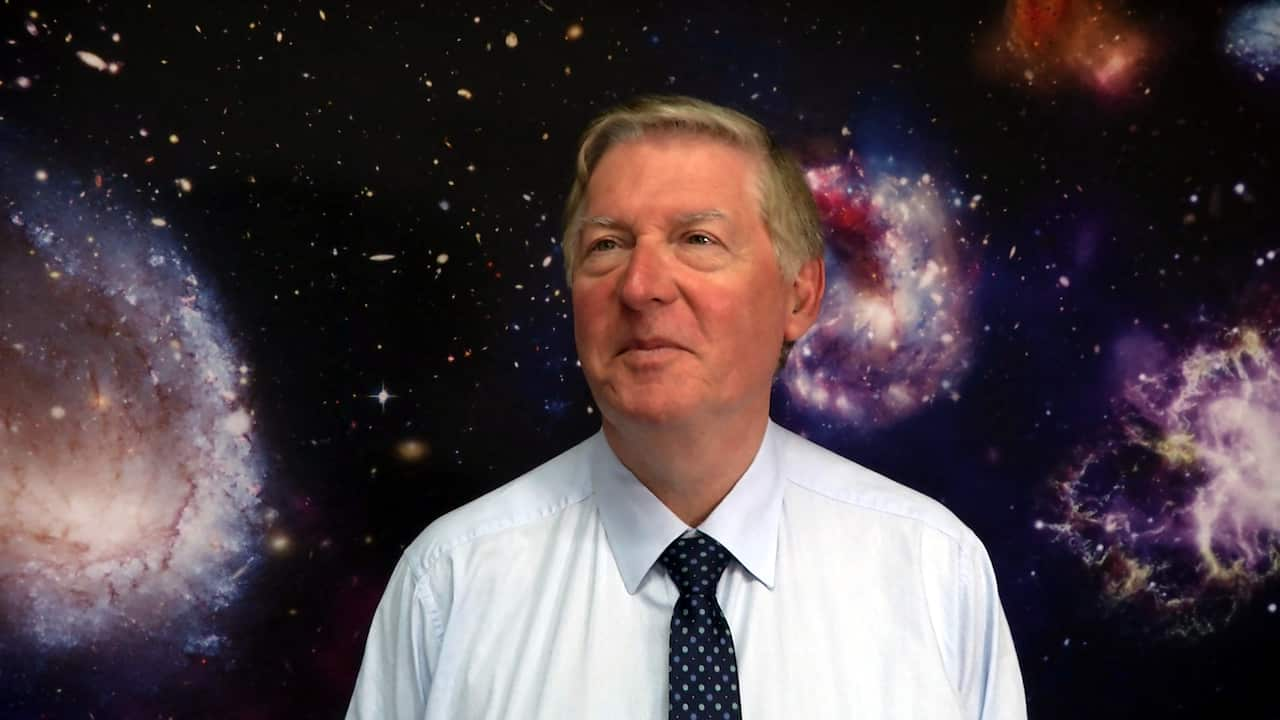
ICRAR's Professor Peter Quinn can't wait for us to utilise the Square Kilometre Array to it's full potential. Source: SBS
While it won’t be finished for some time, construction on the smaller antennas is already underway and researchers are already seeing the potential the project has.
Once completed, it will be a giant leap for Australia’s place in space.
Share

